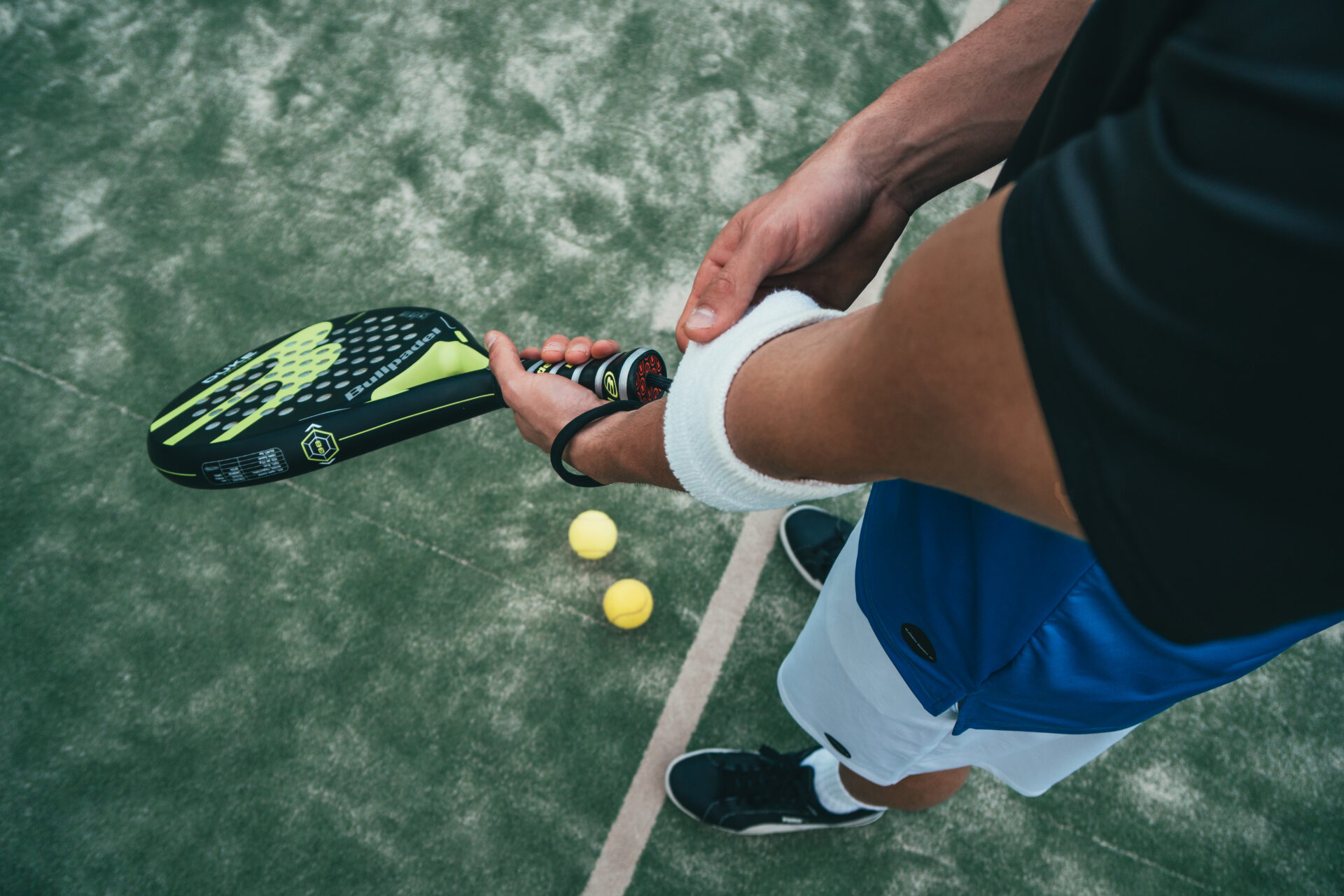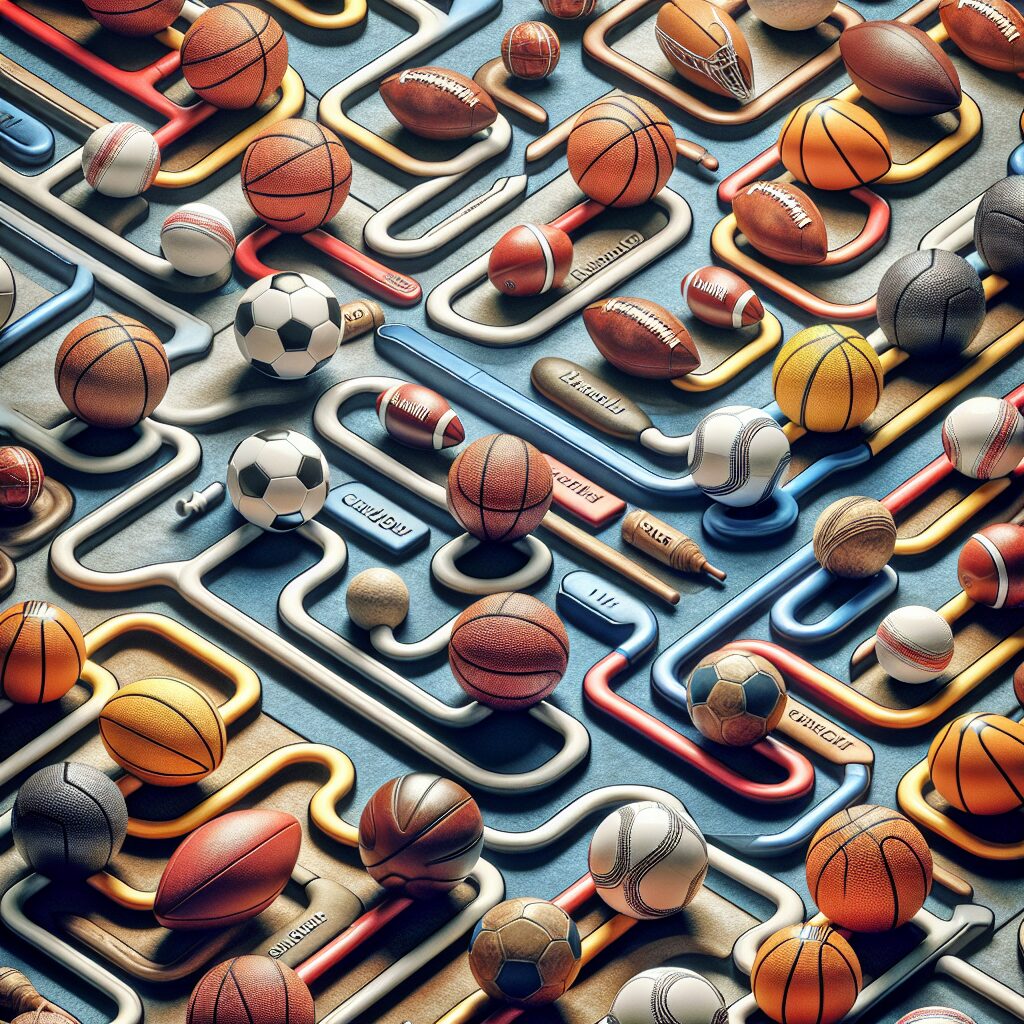Skill development is a crucial aspect of every athlete’s journey towards mastery. While there are various factors that contribute to enhancing skills, one often overlooked aspect is the role of ball weight. The weight of the ball used in training and practice sessions plays a significant role in improving an athlete’s performance.
When it comes to skill development, the weight of the ball has a direct impact on an athlete’s strength, control, and technique. Training with heavier balls can help improve strength and build endurance, as they require more effort to handle. This increased resistance can also enhance an athlete’s control over the ball, allowing them to develop a better touch and feel for the game. On the other hand, lighter balls can help athletes refine their technique and speed, as they require less force to manipulate. This versatility in ball weight training can provide athletes with a well-rounded skill set.
Moving forward, let’s delve into the key takeaways of ball weight’s role in skill development. We will explore the benefits of training with different ball weights, discuss specific exercises and drills that can be incorporated into training routines, and highlight success stories of athletes who have utilized this innovative approach to enhance their skills. By understanding the importance of ball weight in skill development, athletes and coaches alike can take a more scientific and effective approach to their training regimens.
Key Takeaways
1. The weight of the ball used in skill development plays a crucial role in mastering techniques and enhancing performance in various sports.
2. Lighter balls are beneficial for beginners or those focusing on speed, agility, and coordination, as they allow for improved handling and faster movements.
3. Heavier balls, on the other hand, provide resistance and require more effort to control, making them valuable for developing strength, power, and accuracy.
4. Proper progression is vital in ball weight training; starting with lighter balls and gradually increasing the weight helps athletes develop the necessary skills and prevent injury.
5. Understanding the specific requirements of each sport and the desired training outcomes is essential when choosing the appropriate ball weight for skill development.
What is the Significance of Ball Weight in Skill Development?
How Does Ball Weight Impact Skill Mastery?
Weight plays a crucial role in the development of skills, especially in sports. The choice of ball weight can greatly impact an athlete’s ability to master a particular skill. Whether it’s basketball, soccer, or baseball, understanding the role of ball weight in skill development is essential for athletes and coaches alike.
The Science Behind Ball Weight and Skill Development
The interaction between the ball weight and the body’s muscles and joints can significantly influence the development of skills. The physics and biomechanical aspects associated with ball weight affect an individual’s motor skills, coordination, power, and precision. By understanding and utilizing the proper ball weight, athletes can enhance their performance and achieve mastery in their respective sports.
Choosing the Right Ball Weight
Selecting the appropriate ball weight depends on various factors such as the athlete’s age, skill level, and specific goals. Young athletes, for example, should start with lighter balls to develop their fundamentals before progressing to heavier ones. Conversely, professional athletes might benefit from using heavier balls to build strength, endurance, and refine their techniques.
The Benefits of Training with Different Ball Weights
Training with ball weights of varying heaviness offers several advantages in skill development. Lighter balls can help improve coordination, agility, and speed, as they require quicker movements and less force exertion. Conversely, heavier balls can enhance strength, power, and muscle memory while requiring more effort in ball control and precise movements. Incorporating both lighter and heavier balls into training sessions can effectively enhance overall skill development.
Avoiding Potential Injury Risks
While training with different ball weights can be highly beneficial, it is essential to prioritize safety to avoid potential injuries. Athletes should gradually progress from lighter to heavier balls to allow the muscles and joints to adapt to the increasing loads. It is also crucial to maintain proper form and technique during training to minimize the risk of strain or overuse injuries.
Seeking Professional Guidance
To maximize the benefits of training with different ball weights and ensure optimal skill development, athletes and coaches should consider seeking professional guidance. Sports coaches, trainers, and experts can provide valuable insights, personalized training plans, and supervision to help athletes progress effectively and avoid common pitfalls.
Conclusion
In conclusion, understanding the role of ball weight in skill development is essential for athletes looking to achieve mastery in their chosen sports. By choosing the right ball weight, athletes can improve their motor skills, coordination, power, and precision. Incorporating both lighter and heavier ball weights into training sessions, under professional guidance, enables athletes to enhance their skill development effectively. Remember to prioritize safety and gradually progress to avoid potential injuries.
Top Tips for Skill Development with Different Ball Weights:
1. How can athletes determine the right ball weight for their skill level and goals?
2. What are the benefits of incorporating lighter balls into training sessions?
3. What advantages can heavier balls bring to skill development?
4. What safety precautions should athletes take when training with different ball weights?
5. Why is seeking professional guidance crucial in maximizing skill development with ball weights?
Frequently Asked Questions
1. Does the weight of the ball affect skill development?
Yes, the weight of the ball plays a crucial role in skill development. It can impact various aspects such as strength, control, and technique, ultimately influencing the player’s overall mastery.
2. How does ball weight affect strength development?
The weight of the ball can enhance strength development by adding resistance during training. Using a heavier ball requires more effort to control and manipulate, thereby increasing the strength and power of the muscles involved.
3. Does ball weight affect ball control?
Indeed, ball weight has a significant impact on ball control. Using a lighter ball can enhance fine motor skills and precision, while a heavier ball improves stability and control over the ball’s trajectory.
4. Can ball weight affect technique?
Yes, ball weight can influence technique. Practicing with different ball weights can help players refine their technique by adjusting to the specific demands of each weight. This enables a more well-rounded skillset.
5. Are there specific ball weights recommended for different skill levels?
Yes, certain ball weights are commonly recommended for different skill levels. Junior or beginner players typically start with lighter balls to develop proper technique, while advanced players often incorporate heavier balls to further challenge their skills.
6. How should I choose the right ball weight for skill development?
Choosing the right ball weight depends on factors such as age, skill level, and specific training goals. It is advisable to consult with a coach or trainer who can provide guidance based on your individual needs and objectives.
7. Are there any potential risks associated with using heavier balls?
While using heavier balls can yield significant benefits, there is a potential risk of overexertion or strain on muscles and joints if not used properly. It is important to gradually introduce heavier balls into training and ensure proper warm-up and cooldown routines.
8. Can ball weight affect the accuracy of shots?
Yes, ball weight can impact the accuracy of shots. Utilizing different ball weights during practice can help players develop better control and accuracy, as it trains the body to adapt to varying conditions and demands.
9. Should I solely focus on using heavier balls for skill development?
No, it is essential to have a balanced approach to skill development. Incorporating lighter balls to refine technique and agility while also incorporating heavier balls for strength and control can lead to a more comprehensive skill set.
10. Are there any specific drills or exercises to improve skill development using various ball weights?
Absolutely! There are several drills and exercises specifically designed to enhance skill development using different ball weights. Consult with a coach or search for specific training programs that cater to your sport and skill level.
Final Thoughts
Developing skills in any sport requires a strategic approach, and the role of ball weight should not be underestimated. By understanding how ball weight affects strength, control, and technique, athletes can tailor their training to maximize their potential. Remember to seek guidance from professionals, choose the right ball weight for your level, and vary your training routine to experience well-rounded growth.
Skill development is an ongoing journey that requires dedication, perseverance, and a willingness to adapt. Whether you are a beginner or an experienced player, exploring the role of ball weight in mastery can provide valuable insights and improvements in your performance. Embrace the opportunity to experiment with different ball weights, and let your skills soar to new heights.




